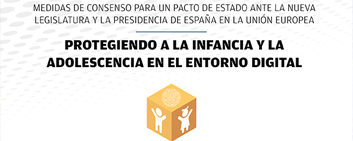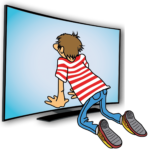Ampliación del Plazo de Recepción de Comunicaciones para el VII Congreso Alfamed
Nos complace informarles que el plazo de envío de comunicaciones para el VII Congreso Internacional de Competencias Mediáticas Alfamed se ha ampliado hasta el 30 de abril de 2024. Esta extensión brinda a todos los interesados más tiempo para preparar y enviar sus contribuciones, siguiendo la normativa establecida que pueden encontrar en este enlace: Normativa del Congreso, y utilizando el formulario de envío disponible aquí: Formulario. Les recordamos que el congreso se llevará a cabo en San José, Costa Rica, del 15 al 17 de octubre de 2024. Esperamos contar con su presencia en este importante evento. Asimismo, les pedimos que compartan esta información con sus colegas y redes académicas. ¡¡Animaos, será un gran congreso!!





